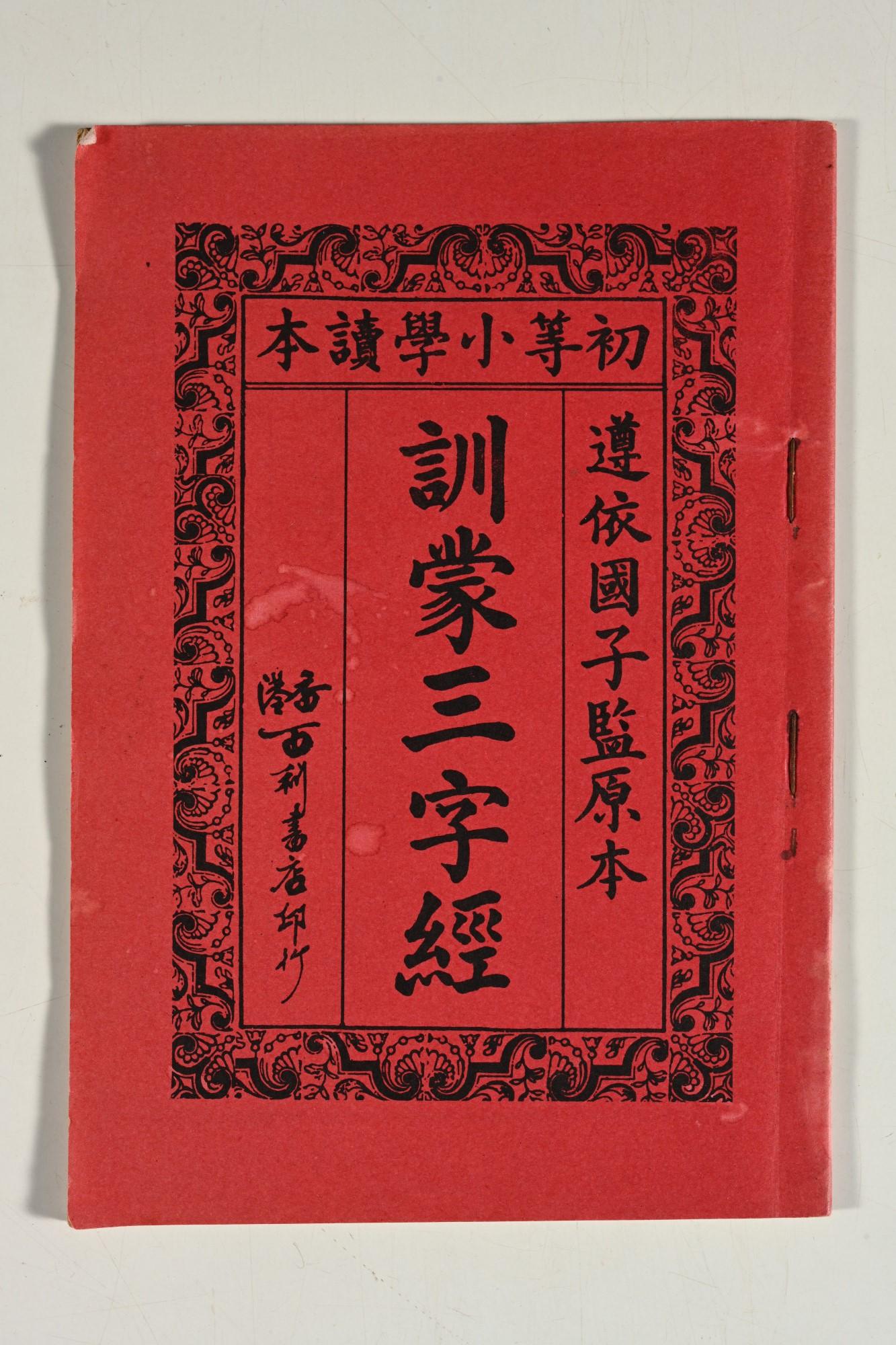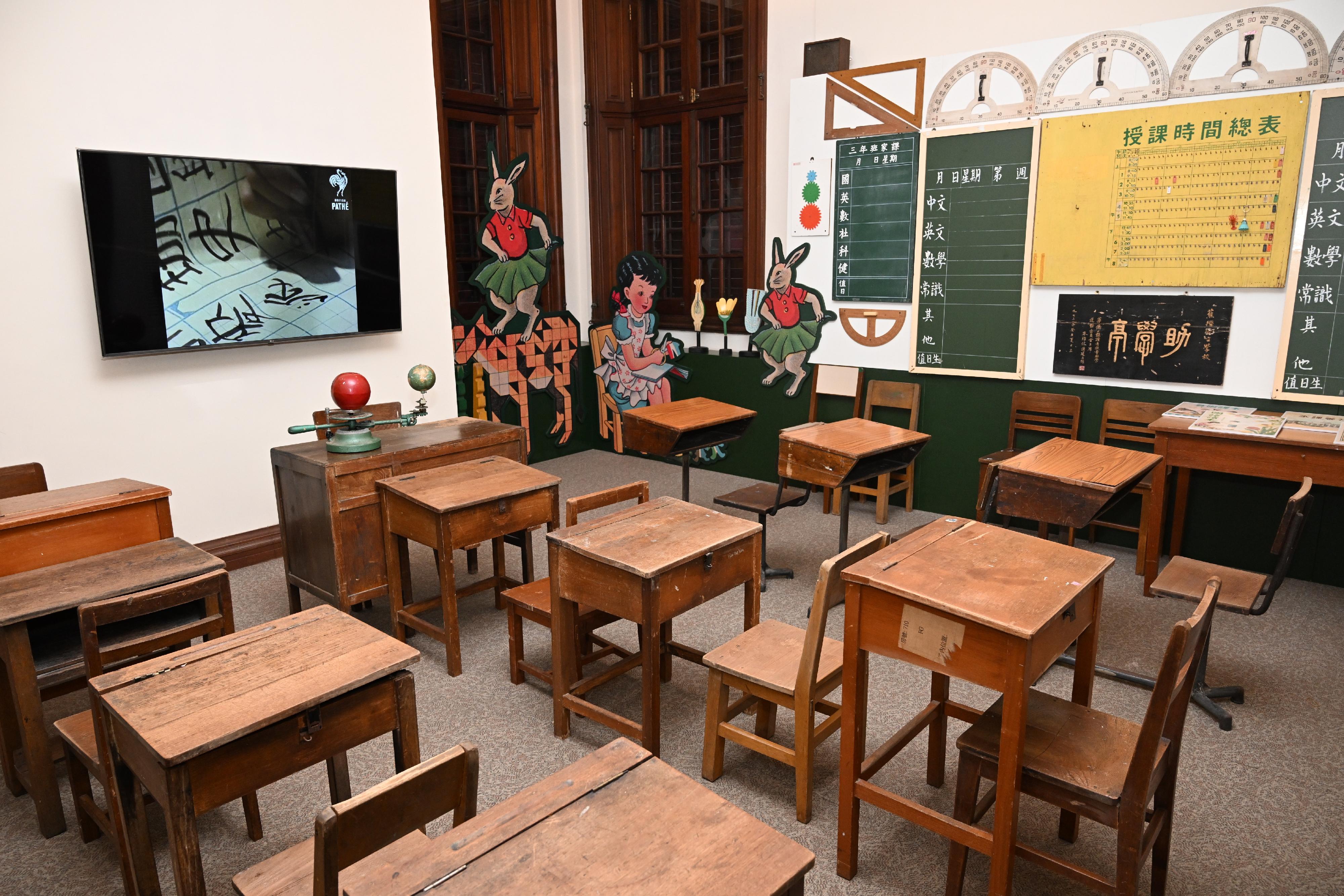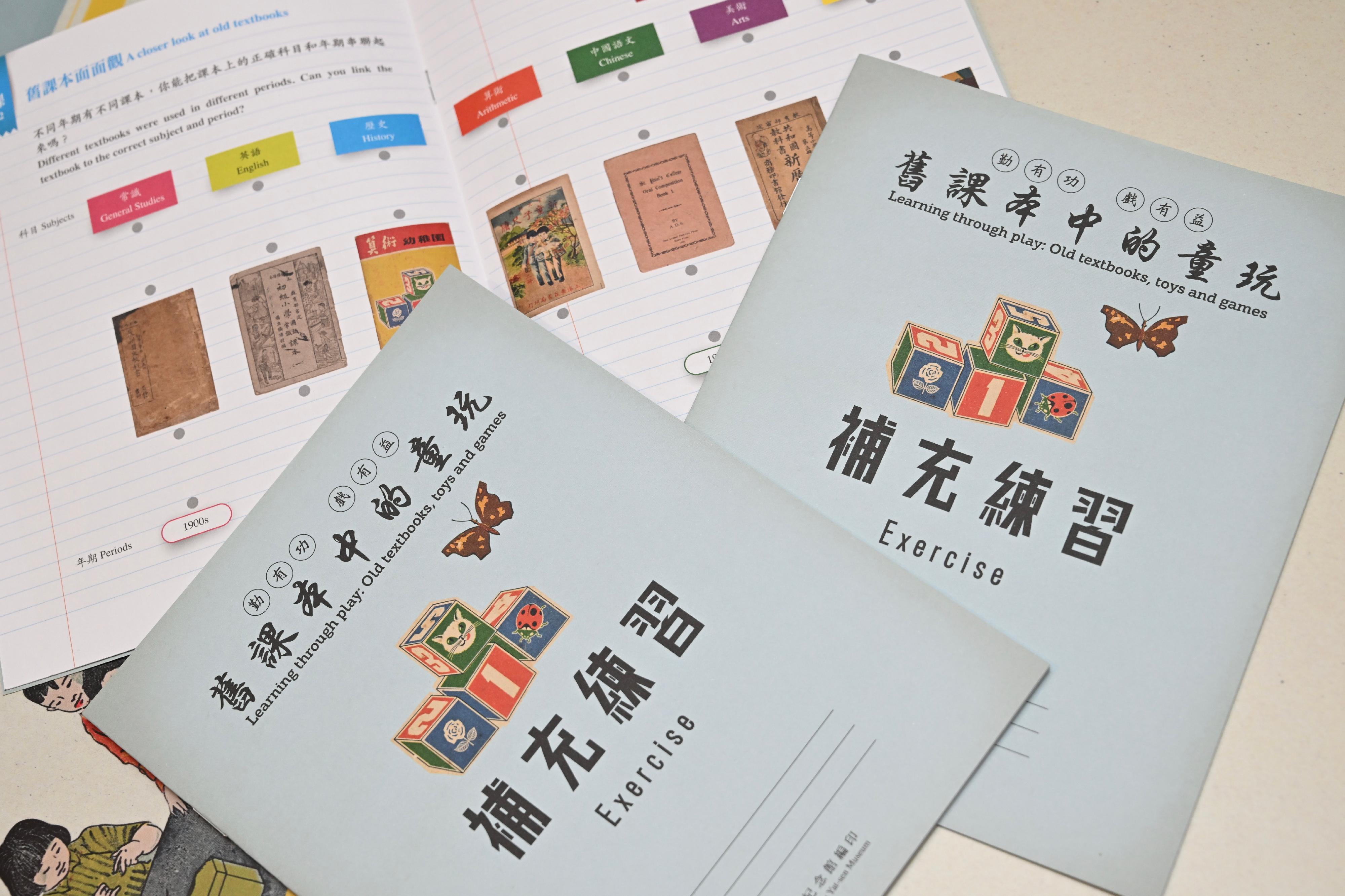Eurasian teal carcass confirmed to be positive for H5N1 virus
Subsequent to announcing on December 11 that a carcass of a Eurasian teal found in the Mai Po Nature Reserve (MPNR) preliminarily tested positive for the H5 avian influenza (AI) virus, the Agriculture, Fisheries and Conservation Department (AFCD) confirmed the carcass to be positive for the H5N1 AI virus after further laboratory testing, a spokesman for the AFCD said today (December 21).
The bird carcass was collected earlier at the MPNR. The Eurasian teal is a winter visitor mainly found in the Deep Bay area.
The spokesman said cleaning and disinfection of visitor facilities including bird hides and a floating boardwalk has been stepped up. A disinfectant carpet has been placed at the entrance of the MPNR for visitors to disinfect the soles of their shoes. In addition, the AFCD is closely monitoring the situation of the birds there and has put up notices to remind visitors to pay attention to personal hygiene.
There are no chicken farms within 3 kilometres of where the dead bird was found. The AFCD will remind poultry farmers to strengthen precautionary and biosecurity measures against AI. Pet bird shop owners and licence holders of bird exhibitions will also be reminded to implement proper precautions against AI.
The spokesman said that the department will closely monitor poultry farms and the wholesale market to ensure that proper precautions against AI have been taken. The department will continue its wild bird monitoring and surveillance.
“People should avoid personal contact with wild birds and live poultry and their droppings. They should clean their hands thoroughly after coming into contact with them. The public can call 1823 for AFCD’s follow-up if they come across birds suspected to be sick or dead, including the carcasses of wild birds and poultry,” the spokesman said.
The Food and Environmental Hygiene Department (FEHD) will continue to be vigilant over live poultry stalls. It will also remind stall operators to maintain good hygiene.
The Department of Health will keep up its health education to remind the public to maintain strict personal and environmental hygiene to prevent AI.
The AFCD, the FEHD, the Customs and Excise Department and the Police will strive to deter the illegal importation of poultry and birds into Hong Kong to minimise the risk of AI outbreaks caused by imported poultry and birds that have not gone through inspection and quarantine.
All relevant government departments will continue to be highly vigilant and strictly enforce preventive measures against AI. Health advice about preventing AI is available on the “Avian Influenza Health Advice” page at www.afcd.gov.hk. read more









